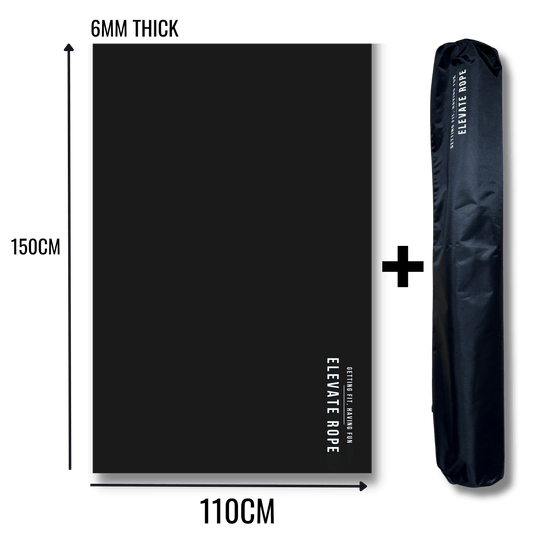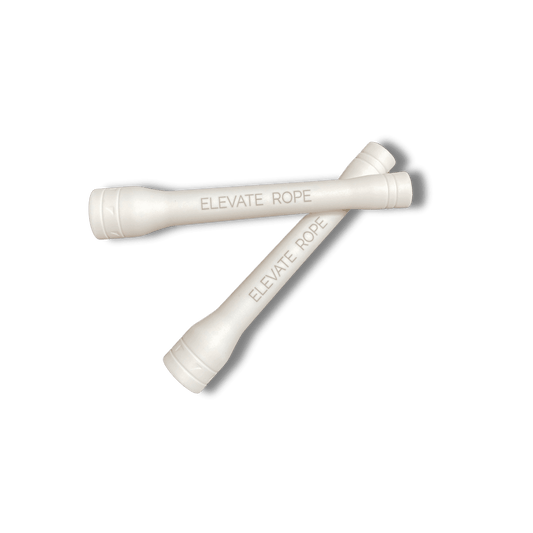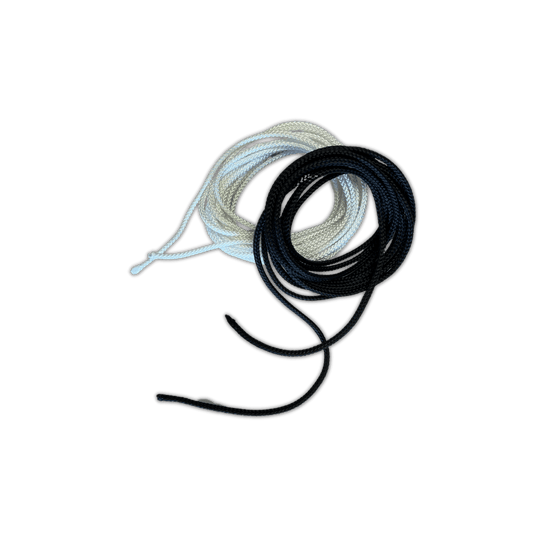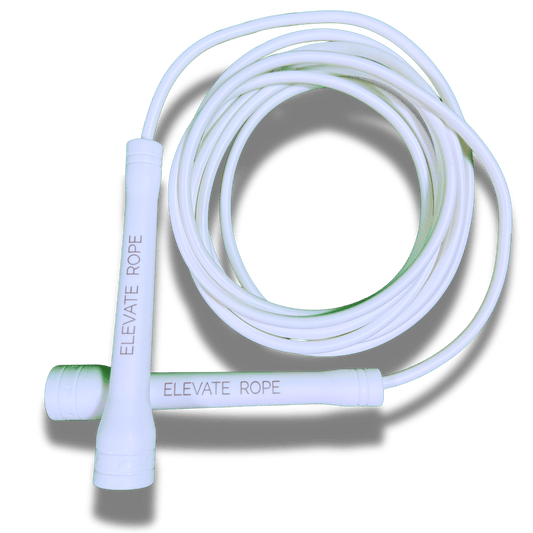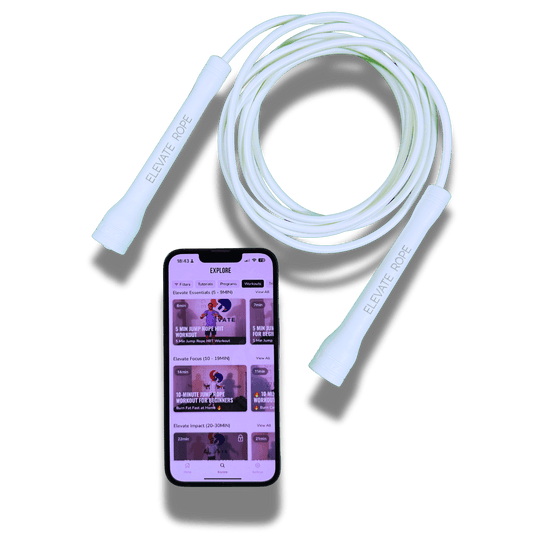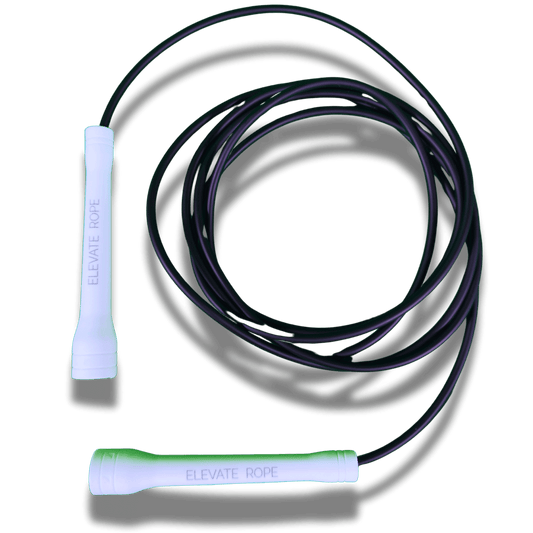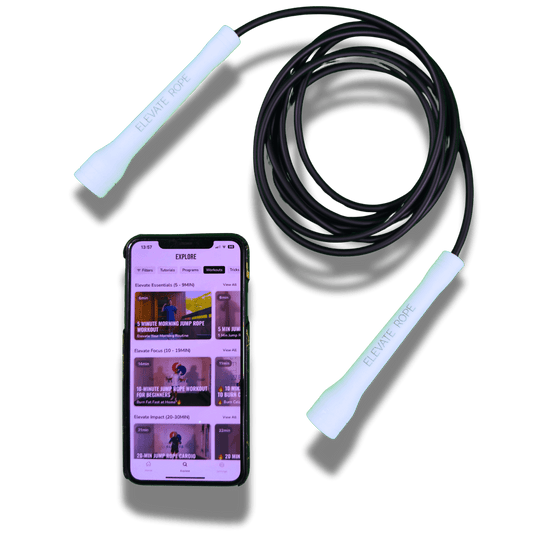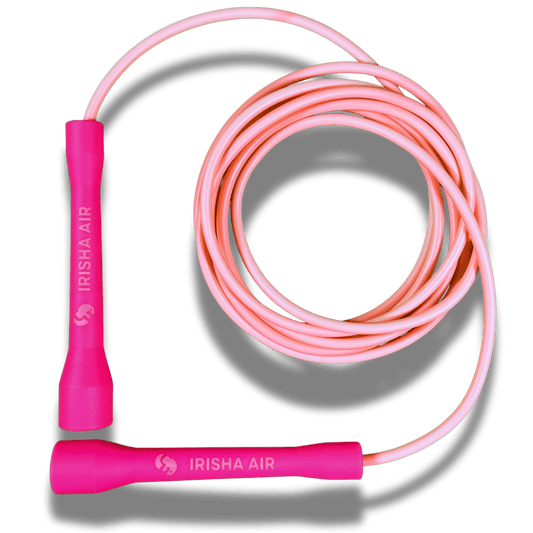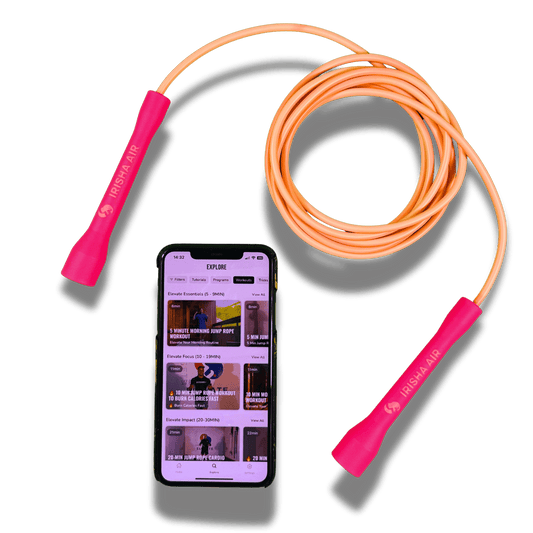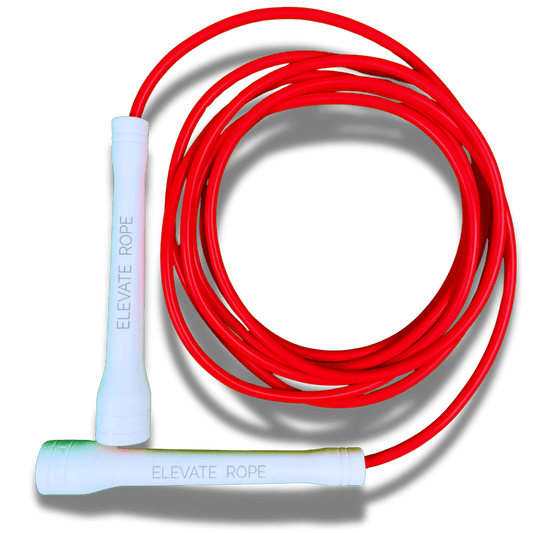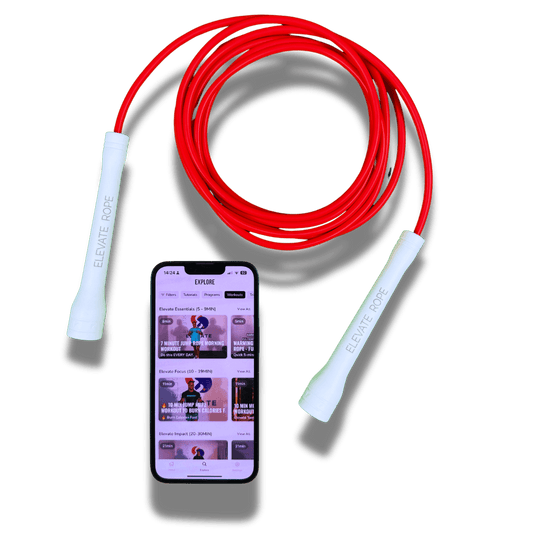You don’t need to weigh every almond or log every bite to lose fat. If tracking calories feels overwhelming or unsustainable, there’s good news: you can stay in a calorie deficit without counting. This article shows you how to use visual cues, smart habits, and simple portioning strategies to burn fat consistently—especially when paired with daily jump rope training.

🔥 Why Calorie Counting Isn’t for Everyone
Let’s face it—food tracking apps work for some, but for others?
- It’s stressful and time-consuming
- It leads to obsession or guilt
- It’s inaccurate unless you measure everything
- It’s hard to sustain for more than a few weeks
You shouldn’t need a spreadsheet to eat well. Instead, learn to eat with intention using methods that actually fit your lifestyle.
✅ Step 1: Use the “Hand Portion” Method
This method uses your hands to estimate portions—no scale required.
| Food Type | Portion | Example |
| Protein | 1–2 palms per meal | Chicken, eggs, tofu |
| Veggies | 1–2 fists | Leafy greens, broccoli, bell pepper |
| Carbs | 1 cupped hand | Rice, fruit, oats |
| Fats | 1 thumb | Avocado, olive oil, nuts |
👊🏽 Your hand size = your body size → personalized portions.
Start with 3 meals/day like this and adjust based on progress.
🥗 Step 2: Build Plates Around Whole Foods
Ultra-processed foods are easier to overeat. Whole foods are naturally more filling.
Focus on:
- Lean protein (chicken, eggs, Greek yogurt)
- Fiber-rich carbs (brown rice, oats, berries)
- Healthy fats (olive oil, avocado, nuts)
- Non-starchy veggies (leafy greens, peppers, zucchini)
Avoid or minimize:
- Liquid calories (sodas, lattes, alcohol)
- Ultra-processed snacks (chips, cookies, bars)
- Frequent takeout (hidden oils
🕰️ Step 3: Eat at Consistent Times
Your body loves rhythm. Eating at erratic times increases hunger and leads to impulse snacking.
Try:
- Breakfast: 8–9am
- Lunch: 12–1pm
- Snack: 3–4pm
- Dinner: 6–7pm
If you follow intermittent fasting, keep your meals within a consistent 8-hour window.
⚖️ Step 4: Follow the 80% Full Rule
Instead of cleaning your plate every time, stop eating when you're satisfied—not stuffed.
✋🏼 Ask: “Could I go for a walk right now?”
If the answer is no, you probably passed 100%.
Slow down. Chew fully. Give your body time to register fullness.
🧠 Step 5: Set Meal Boundaries (Not Restrictions)
Don’t fall into the “eat clean all week → binge on the weekend” cycle.
Set simple rules:
- 3 meals and 1 snack per day
- Eat dessert 1–2x per week, not daily
- Save alcohol or cheat meals for social occasions, not boredom
These gentle boundaries help you stay in a deficit without guilt or obsession.
🧃 Step 6: Avoid Sneaky Calories
Most people forget about:
- Sugary drinks (even fruit juice)
- Lattes with milk/syrup
- Cooking oils (1 tbsp = 120 cal)
- “Healthy” bars and smoothies with 400+ cal
- Handfuls of nuts or dried fruit
🧼 Clean up the liquid + snack calories = easy 200–500 cal/day saved
💧 Step 7: Hydrate First, Then Eat
Often, we eat when we’re just dehydrated.
Try this:
- 500ml water 20–30 min before meals
- Add lemon, salt, or electrolytes if you need flavor
- Drink tea between meals if cravings hit
Staying hydrated can reduce unnecessary snacking and improve fat-burning.
🏋️ Step 8: Use Jump Rope as a Daily Calorie Burner
You don’t have to be perfect with food if you move consistently.
| Activity | Avg. Calories Burned |
| 15-min jump rope (moderate) | 180–220 |
| 30-min jump rope (HIIT) | 350–500 |
| Elevate14 Challenge Workout | 250–400 |
🔁 Jump rope is your “burn buffer” — it allows flexibility without tracking every bite.
📋 5-Day “No Counting” Meal Structure Example
| Day | Breakfast | Lunch | Dinner |
| Mon | Oats + banana + protein | Chicken salad wrap | Salmon + broccoli + rice |
| Tue | Greek yogurt + chia + berries | Rice bowl with tofu | Shrimp stir-fry |
| Wed | Smoothie + toast + eggs | Chicken quinoa bowl | Ground beef + kale + sweet potato |
| Thu | Omelette + avocado toast | Turkey sandwich | Lentil curry + basmati rice |
| Fri | Cottage cheese + fruit | Tuna salad wrap | Pasta with veggie sauce + lean beef |
All meals follow the hand-portion method and focus on protein + fiber + real food.
🧠 Mindset: You Don’t Need to Be Perfect — Just Consistent
Skipping the calorie tracker doesn’t mean ignoring nutrition. It means trusting your habits, learning your body’s signals, and adjusting based on results.
Signs you’re still in a deficit:
✅ Steady fat loss week to week
✅ Clothes fit better
✅ Energy stays high
✅ Workouts feel strong
✅ You’re not constantly hungry
🛠️ Tools to Support Habit-Based Eating
- Meal Builder PDF – Visual plate method + hand portion cheat sheet
- Fat Loss Grocery List – Stock your kitchen with the right tools
- Elevate14 Challenge – Combine jump rope + food structure
- Pre/Post Workout Snack Guide – Know when and what to eat
✅ Recap: How to Stay in a Calorie Deficit Without Tracking
✔️ Use hand-based portioning
✔️ Eat mostly whole, unprocessed food
✔️ Stay hydrated
✔️ Be mindful of liquid/snack calories
✔️ Use jump rope as your burn buffer
✔️ Set clear, flexible boundaries — not restrictions
